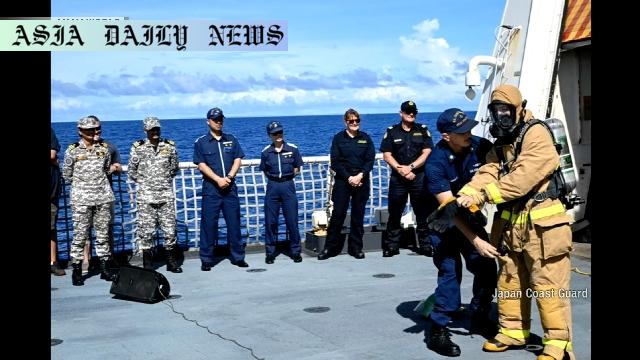Quad strengthens security – Coast guard personnel from Japan, US, Australia, and India performed a joint maritime operation.
- Key Point 1: First-ever joint drill by Quad coast guards on a single vessel to enhance maritime cooperation.
- Key Point 2: Focused on strengthening security in response to active maritime developments in the Pacific region.
- Key Point 3: Included firefighting drills, operational training, and emphasized teamwork between participating nations.

Introduction to the Quad Maritime Drill
The inaugural joint coastline exercises by members of the Quad nations—Japan, the United States, Australia, and India aboard the U.S. patrol ship—mark a significant milestone in international maritime cooperation. As the geographic tensions in the Pacific continue to gain global attention, this collaborative effort demonstrates the intent of these nations to foster a safer maritime landscape while addressing broader geopolitical concerns. The operation, which commenced on June 28 from Palau, concluded on July 3 in Guam, encapsulating advanced operational strategies and strengthening inter-coastal relations.
The Larger Purpose of the Quad Framework
The Quad framework, a collaborative body formed by these four nations, has long been driving strategic advancement across the Indo-Pacific region. This drill, including its firefighting simulation onboard, showcases a carefully curated initiative to address shared concerns about maritime safety and security. A significant takeaway from the Quad is its persuasive signal to nations exercising growing maritime presence, ensuring safety measures are observed among allied nations navigating these waters. Such partnerships illustrate actionable frameworks to tackle both traditional and emerging challenges.
Operational Design of the Joint Drill
Spanning five intense operational days, several exercises—including emergency response tactics, advanced logistics handling, and simulated emergencies involving environmental incidences—highlighted not only the immediate proficiency needed for regional interventions but significant moments extended these flex w Jointly-pressure.



Commentary
undefined